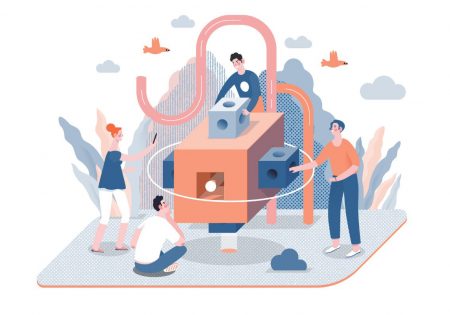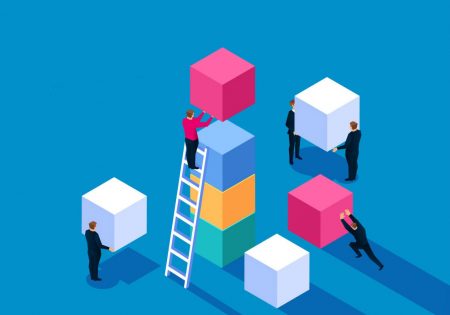Never miss a story — sign up for PLANADVISER newsletters to keep up on the latest retirement plan adviser news.
Employer Match a Powerful Motivator for 401(k) Participation
Seven in ten (69%) Schwab survey respondents cited the employer match as the reason they enrolled in their 401(k) plan. According to a press release, overall plan participation increases to 76% when a match is offered versus 70% when it isn’t.
However, one quarter of survey respondents said they chose not to enroll in their company 401(k) plan because their employer does not offer a high enough match. Seventy-three percent of Schwab-serviced companies currently offer matching contributions.
Schwab’s study also notes a connection between how a company offers its 401(k) plan matching contribution, known as the “matching formula,” and employee savings levels. Plan participants are likely to choose the plan’s “match ceiling” as their savings deferral level in order to maximize the employer contributions they can receive. According to the analysis, up to 25% of participants save at the employer match ceiling, depending on an employer’s match formula, so by raising the ceiling, employers can boost savings rates, Schwab said.
Previously released findings of Schwab’s study, “The New Rules of Engagement for 401(k) Plans,” showed professional advice plays a critical and direct role in positively impacting the behavior of 401(k) plan participants (see Schwab Study Reveals Opportunity to Increase Participant Engagement).(Cont...)
Auto Plan Features are Helping
A Schwab analysis of 401(k) plans it services finds that companies automatically enrolling employees had a 15% higher participation rate in 2009 than those that did not offer automatic enrollment (88% compared to 73%). In addition, plans conducting automatic enrollment experienced a 13% increase in participation from 2005 to 2009, compared to a 1% decrease among plans with no automatic enrollment.
According to a press release, the study also found 83% of participants enrolled in an automatic savings program remained at the increased contribution rate a year after enrollment. In addition, a participant automatically enrolled into a 401(k) plan at a default savings rate of 3% will have cumulative deferrals of more than 2.5 times over a 30 year period if their employer implements an automatic savings increase until the deferral rate reaches 8%, and they remain in program.
”Asset allocation is important, but people really need to save their way to retirement,” said Steve Anderson, head of Schwab Retirement Plan Services, in the announcement. “Step one is getting people to participate in a 401(k) plan. But that isn’t enough. We also need to encourage people to save at a level that is likely to help them meet their goals, and our research shows that professional advice and automatic savings increases can play an important role in helping people save more.”
Participant survey data was derived from responses of 1,005 U.S. consumers who are employed full- or part-time and participate in their company’s 401(k) retirement plan. The online survey was fielded by Koski Research from June 9-17, 2010.
Plan and participant analytics represent 911 qualified defined contribution plans and 755,000 participants serviced by Schwab Retirement Plan Services, Inc., a subsidiary of The Charles Schwab Corporation. Data was collected between January 1, 2005, and June 30, 2010.You Might Also Like:

How Participants Have Responded to This Year’s Economy
The Role of the 401(k) in Today’s Tight Labor Market
